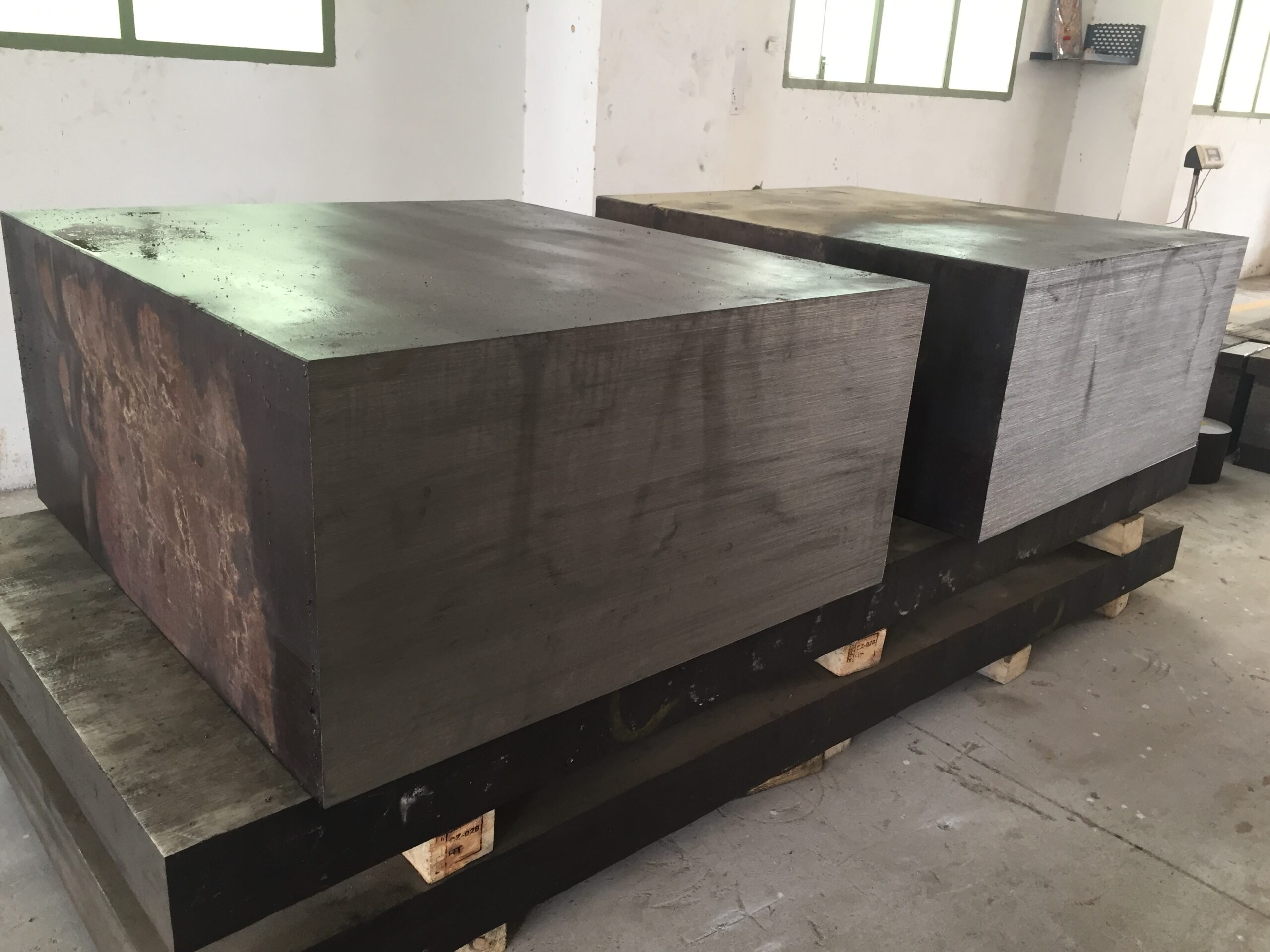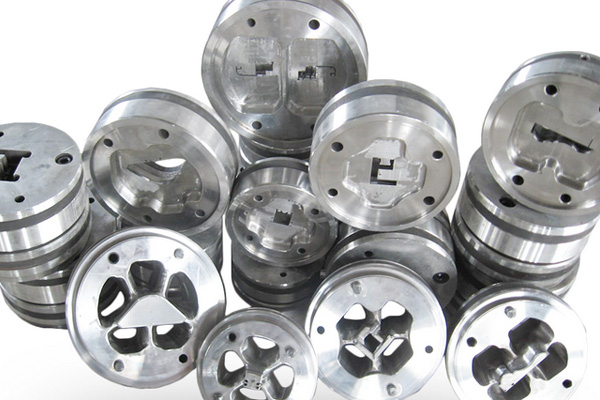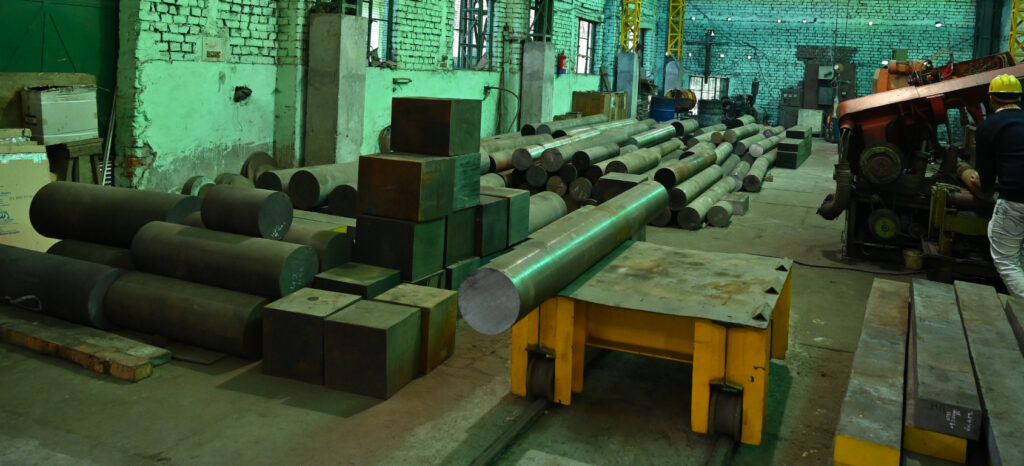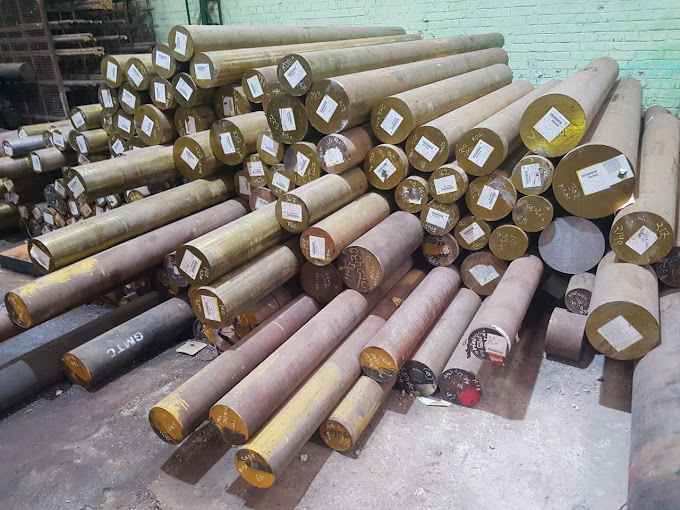The world of materials science and engineering is a fascinating one, especially when it comes to the development and application of specialized steels. Among these, the DIN 2344 hot work steels stand out for their remarkable properties and versatility in industrial applications.
The DIN 2344 standard, developed by the Deutsches Institut für Normung e.V. (German Institute for Standardization), represents a grade of tool steel that is particularly suited for hot working processes. This standard is an extension of the earlier DIN 2343 grade, offering enhanced strength, heat resistance, and wear resistance against thermal shock. These characteristics make DIN 2344 steels not only suitable for hot working but also for cold working tasks, providing a versatile solution for various manufacturing challenges.
Cost is a significant factor when considering DIN 2344 steels, as they are more expensive than their DIN 2343 counterparts. However, the investment is justified when the application demands a material that can withstand more rigorous conditions. Often, DIN 2344 is used in conjunction with other grades to achieve the desired performance in specific applications.
In terms of international standards, DIN 2344 aligns precisely with the Japanese JIS G4404 standard and its corresponding SKD 61 steel. It is also roughly equivalent to the AISI H13 Tool Steel as per the ASTM A681 standard, the British BH13 as per the BS4659BH13 standard, and the French AFNOR NFA 35-590 Z40CDV5.
The composition of DIN 2344 steels is finely tuned to deliver optimal performance. With a low carbon content ranging from 0.37% to 0.42%, and a chromium content between 4.8% to 5.5%, these steels maintain a balance between toughness and wear resistance. The addition of molybdenum (1.2% to 1.5%) enhances their strength, while the presence of silicon (up to 0.3%) and trace amounts of sulfur contribute to their machinability. Notably, the vanadium content is relatively high at around 1%, which significantly boosts the steel’s resistance to abrasion across a wide temperature range.
The properties of DIN 2344 steels make them highly desirable for various industrial applications. They are tough and ductile, making them suitable for products like wires and ropes. Their resistance to thermal fatigue and hot cracking ensures longevity in harsh working environments, while their ability to retain strength at high temperatures is crucial for many manufacturing processes. The steels’ through-hardening capability, resistance to distortion when hardened, and high machinability further add to their appeal.
Given these attributes, DIN 2344 steels are the material of choice for die-casting of non-ferrous metals such as aluminum, magnesium, and zinc. They are also widely used in the manufacture of extrusion dies for aluminum and brass, as well as liners, mandrels, pressure pads, followers, bolsters, die cases, die holders, and adaptor rings for copper and brass extrusion.
As Virat Special Steels who are one of the largest dealers in DIN 2344 grade steels world-wide inform us, this grade of steel can be supplied in a variety of shapes – as bars which may be round, square, hexagonal and cut to convenient lengths. Or as sheets and flats. Generally supplied in annealed condition, they can also be customized for client needs.
Heat treatment involves steps similar to those outlined in the section on DIN 2343, but are not quite as rigorous. Annealing temperature is in the 750-780°C range and the principle of not allowing too much of a temperature differential between the core and surface to creep in must be followed. So heating and cooling should be gradual and in steps but the greater thermal conductivity makes these processes quicker and demands less stringent monitoring.
Hardening is conducted at the slightly higher temperature of 1060°C and its duration should be 30 minutes per 25 mm of section. This should be followed by immediate quenching. Development of brittleness in the 500°C zone is not as much a problem and such steels may be tempered at 550 – 650°C range. The soak duration while tempering must be raised to at least one hour per 25 mm of section.
The DIN 2344 hot work steels exemplify the advancements in material sciences that enable industries to push the boundaries of manufacturing, creating products that are more durable, reliable, and efficient. As we continue to explore and innovate within this field, materials like DIN 2344 steels will undoubtedly play a pivotal role in shaping the future of industrial processes and technologies.




